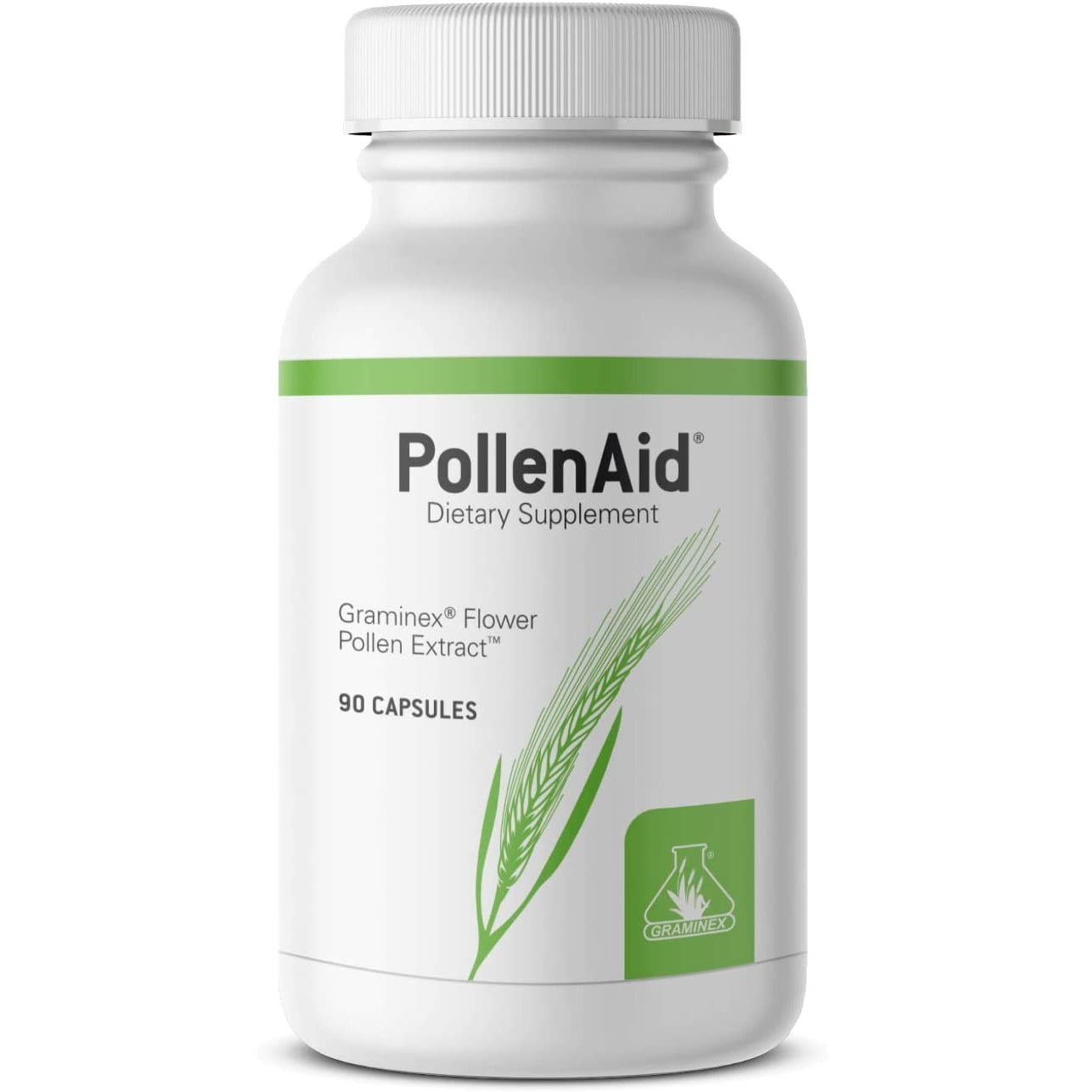madman
Super Moderator
Abstract
Aims: To compare the efficacy of cernitin pollen extract (cernitin) or tadalafil for treating persistent chronic pelvic pain despite α1‐blocker monotherapy in men with chronic prostatitis/chronic pelvic pain syndrome (CP/CPPS) and lower urinary tract symptoms (LUTS).
Methods: A total of 100 patients with refractory CP/CPPS despite ongoing α1‐blocker monotherapy were randomized to receive add‐on therapy with either cernitin (4 capsules/day) or tadalafil (5 mg/d) for 12 weeks. At week 12, changes from baseline in the patients’ CP/CPPS, LUTS, and voiding function, as assessed using the National Institutes of Health Chronic Prostatitis Symptom Index (NIH‐CPSI), the International Prostate Symptom Score (IPSS), and uroflowmetry, respectively, were compared between the groups.
Results: The final analysis included 42 and 45 patients in the cernitin and tadalafil groups, respectively. Although the NIH‐CPSI total, NIH‐CPSI pain sub‐score, and NIH‐CPSI quality of life sub‐score significantly improved in both groups, the cernitin (vs tadalafil) group showed significantly greater improvements in the NIH‐CPSI total score (−6.8 vs −4.6; P = .02) and NIH‐CPSI pain sub‐score (−4.1 vs −1.5; P < .001). Half (50%) of the patients in the cernitin group showed a reduction greater than 50% in their NIH‐CPSI pain sub‐score; in the tadalafil group, only four patients (8.9%) showed ≥50% improvement (P < .001). In contrast, the improvement in LUTS was significantly superior in the tadalafil group.
Conclusion: Both cernitin and tadalafil significantly ameliorated chronic pelvic pain in patients with refractory CP/CPPS. The add‐on of cernitin was more effective than tadalafil for pelvic pain and discomfort.
5 | CONCLUSIONS
This comparative study showed that both cernitin and tadalafil significantly improved chronic pelvic pain in patients with refractory CP/CPPS (NIH category IIIA and IIIB) despite α1‐blocker monotherapy. The add‐on of cernitin was more effective than tadalafil for pelvic pain and discomfort, which are pathognomonic symptoms in CP/CPPS, although the improvement of LUTS such as storage symptoms was significantly superior for the add‐ on treatment with tadalafil.
Aims: To compare the efficacy of cernitin pollen extract (cernitin) or tadalafil for treating persistent chronic pelvic pain despite α1‐blocker monotherapy in men with chronic prostatitis/chronic pelvic pain syndrome (CP/CPPS) and lower urinary tract symptoms (LUTS).
Methods: A total of 100 patients with refractory CP/CPPS despite ongoing α1‐blocker monotherapy were randomized to receive add‐on therapy with either cernitin (4 capsules/day) or tadalafil (5 mg/d) for 12 weeks. At week 12, changes from baseline in the patients’ CP/CPPS, LUTS, and voiding function, as assessed using the National Institutes of Health Chronic Prostatitis Symptom Index (NIH‐CPSI), the International Prostate Symptom Score (IPSS), and uroflowmetry, respectively, were compared between the groups.
Results: The final analysis included 42 and 45 patients in the cernitin and tadalafil groups, respectively. Although the NIH‐CPSI total, NIH‐CPSI pain sub‐score, and NIH‐CPSI quality of life sub‐score significantly improved in both groups, the cernitin (vs tadalafil) group showed significantly greater improvements in the NIH‐CPSI total score (−6.8 vs −4.6; P = .02) and NIH‐CPSI pain sub‐score (−4.1 vs −1.5; P < .001). Half (50%) of the patients in the cernitin group showed a reduction greater than 50% in their NIH‐CPSI pain sub‐score; in the tadalafil group, only four patients (8.9%) showed ≥50% improvement (P < .001). In contrast, the improvement in LUTS was significantly superior in the tadalafil group.
Conclusion: Both cernitin and tadalafil significantly ameliorated chronic pelvic pain in patients with refractory CP/CPPS. The add‐on of cernitin was more effective than tadalafil for pelvic pain and discomfort.
5 | CONCLUSIONS
This comparative study showed that both cernitin and tadalafil significantly improved chronic pelvic pain in patients with refractory CP/CPPS (NIH category IIIA and IIIB) despite α1‐blocker monotherapy. The add‐on of cernitin was more effective than tadalafil for pelvic pain and discomfort, which are pathognomonic symptoms in CP/CPPS, although the improvement of LUTS such as storage symptoms was significantly superior for the add‐ on treatment with tadalafil.
Attachments
-
[email protected]787.3 KB · Views: 455
Last edited:














